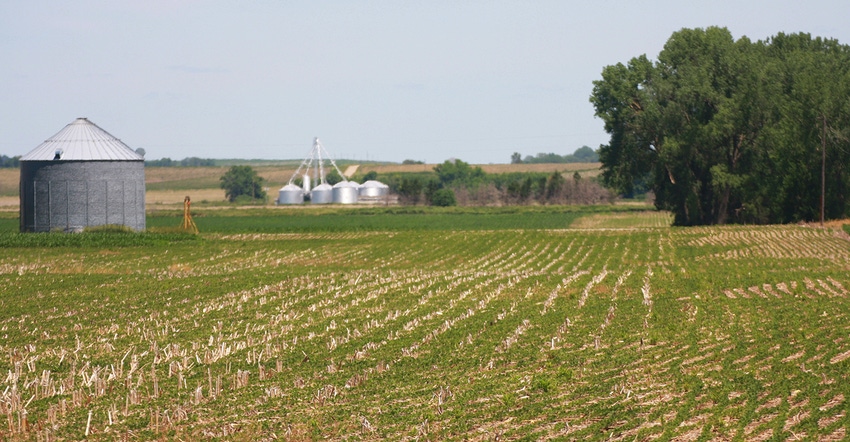December 2, 2021

Crop decisions do not stop during winter in Wisconsin just because the ground is frozen and often snow-covered. Many farmers continue to look at yield data, examine soil test results, consider fertility options, observe the markets, analyze the bottom line of profitability and ponder other items during the so-called “off-season.”
Winter is also prime auction season when equipment is on the market, and it is a good time to consider updating field machinery. Now is also a good time to think about how tillage operations are performed in specific fields and soil types regarding soil preparation, managing residue and reducing soil erosion.
Tillage equipment changes usually occur as needed when equipment wears out or needs to be bigger or smaller depending on land expansions or contractions. Changes are also needed when a philosophical change occurs — for example, a farm is moving from a conventional tillage system to a more reduced-tillage or no-till system and will need to change equipment. All farms need to meet tolerable soil loss for their specific fields to participate in most local, state, and federal crop and nutrient management programs. If crop rotation or other conservation practices such as contour strips, buffer strips or cover crops do not reduce soil loss levels, then adopting reduced-tillage or no-till practices could be in order.
Due to the costs associated with tillage and the number of passes on fields, reducing tillage is a great way to cut costs, labor and soil erosion, while promoting soil health and getting similar crop yields. Research has shown annual weather affects yield more than tillage. Patience is always needed when changing a crop management system, as benefits may not be immediate.
Many different residue management technologies exist, which is good on the one hand, as there are a lot of options to consider for specific residue management. On the other hand, there are a lot of options to consider. If considering no-till, then a decision needs to be made mainly about planting equipment. Will a narrow-row planter be enough or is a drill needed? Strip-till is considered a variation of no-till.
The Conservation Technology Information Center’s definition of no-till includes strip-till, provided less than one-third of the total row area is tilled. In strip-till, an 8-inch band in a 30-inch row spacing is aggressively tilled and fertilized using fluted coulters, knives and berm-forming baskets in either the fall or spring. A move to strip-till results in an investment in equipment to form the berms.
Reduced-tillage options exist to keep more than 30% residue on the field surface. Corn residue can be more difficult to manage compared to soybean residue. University of Wisconsin research shows no yield difference between no-till and conventional tillage when corn follows soybeans. Crop rotation and the yield bump associated with it combined with variable weather influence yield more than tillage. With rising input costs, 2022 may be a year to try a no-till or reduced-tillage system.
Save labor, fuel
On average, farmers practicing continuous conventional tillage use just over 6 gallons of diesel fuel per acre each year. Continuous no-till requires less than 2 gallons per acre. No-till has significant economic benefits beyond reduced fuel usage.
Labor is another savings that gets overlooked. A University of Manitoba study showed an increase in efficiency of 10 acres per hour when comparing vertical tillage to a double-disc tillage operation. No-till would save roughly 67 hours of work with each eliminated pass over 1,000 acres. Depending on labor costs and equipment maintenance, that’s an additional several thousand dollars saved each year.
Fields managed using no-till for multiple years generally have a higher water-holding capacity, due to more organic matter, than conventionally tilled fields. This is particularly valuable in drought-prone areas where lack of water is a major concern tied to crop loss. These benefits can lead to additional economic gains for farmers over time.
With all the decisions needing to be made this off-season, consider the economic and environmental benefits of reduced-tillage and no-till systems.
Clark is the Extension crops and soils agent for Chippewa County, Wis.
Read more about:
No tillYou May Also Like




